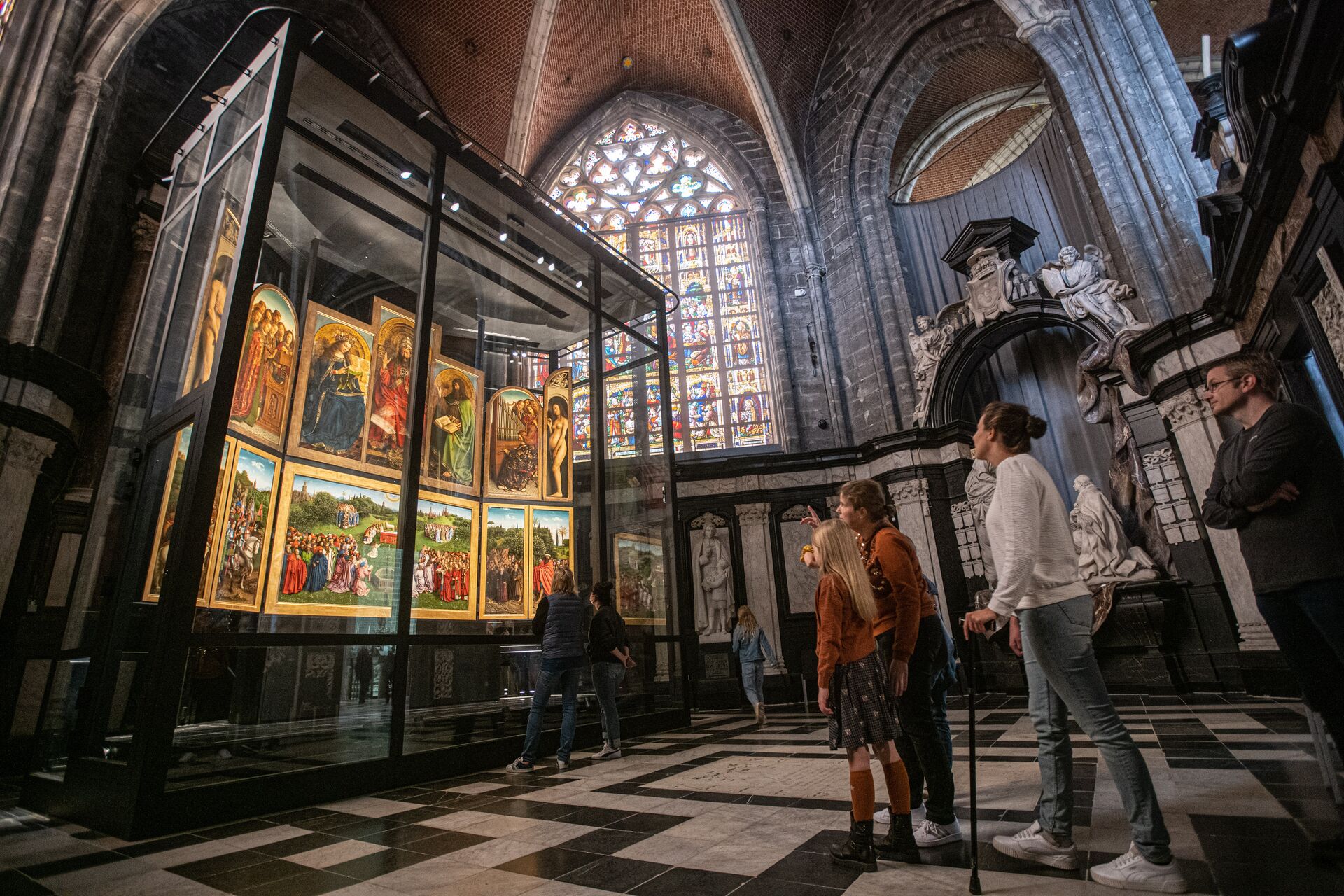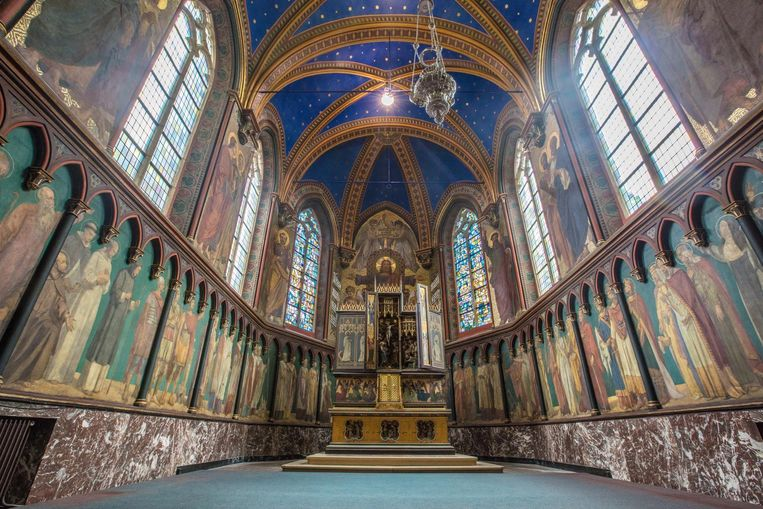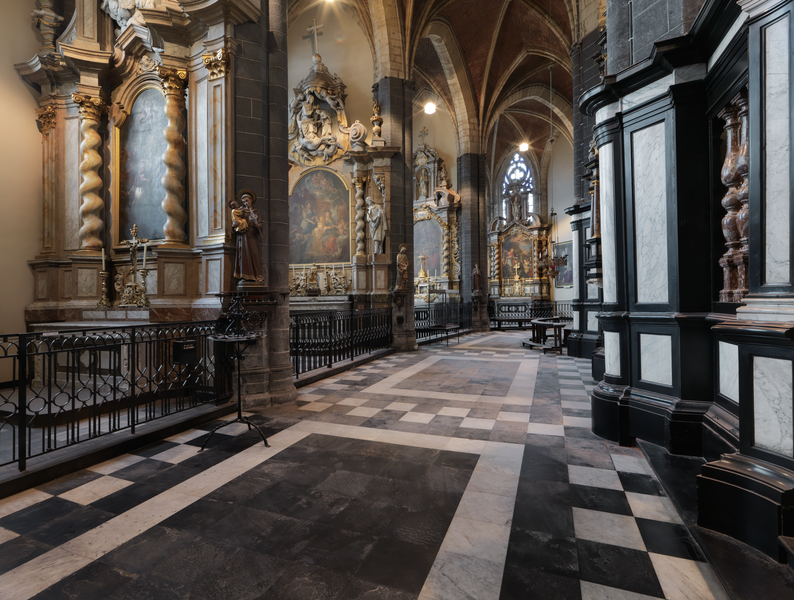The climax of your journey of discovery is an absolute world-beater: the Ghent Altarpiece. With this masterpiece, the van Eyck brothers singlehandedly steered art history in a different direction.
And there is much more than just masters in Ghent. Along the way, you pass through numerous charming squares, delightful cafes and inviting restaurants; you wander around the narrow streets near the Castle of the Counts or take a boat trip on the Lys. You truly hold 1001 trump cards in your hand and that makes your master tour in Ghent a walk like no other.
Discover the Flemish Masters in these places
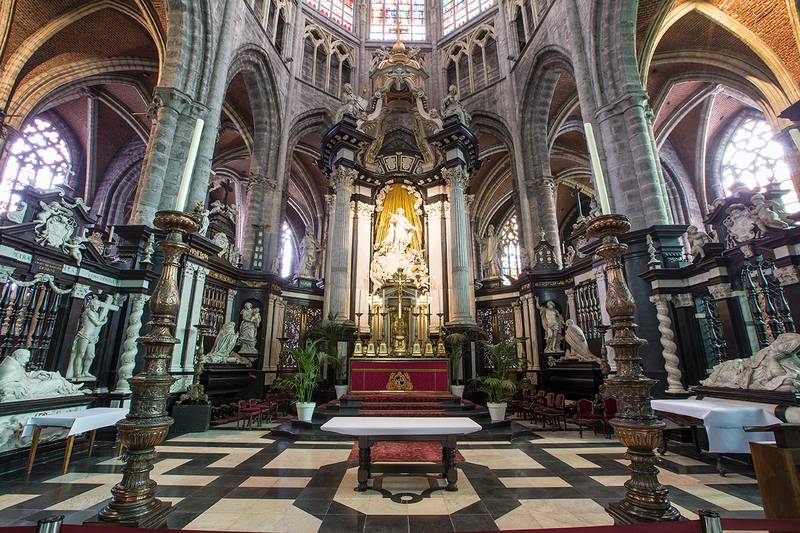
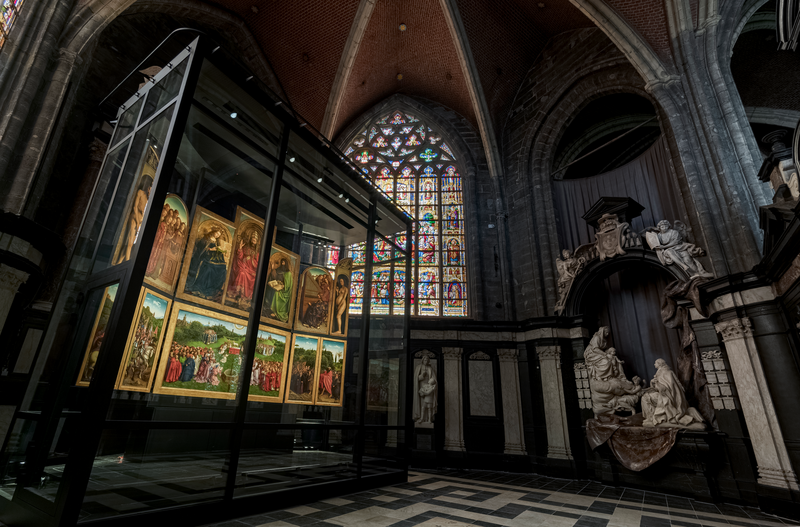
Art in Flanders, foto Cedric Verhelst
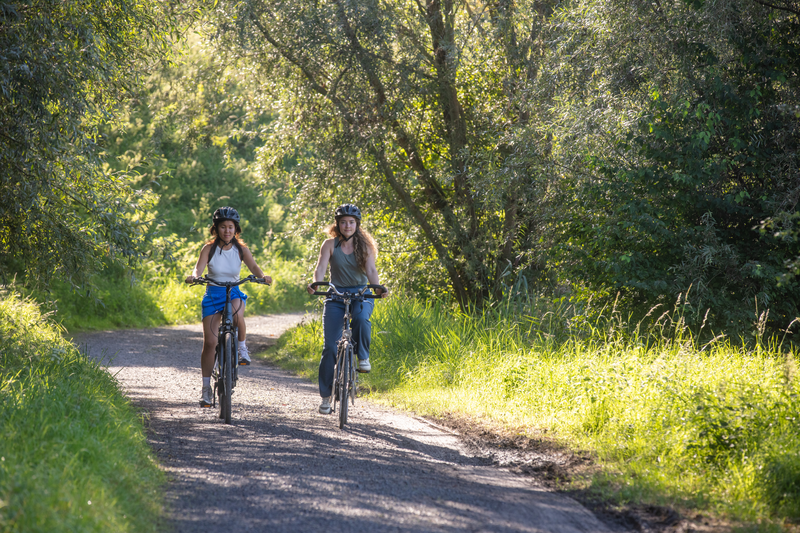
© Piet De Kersgieter
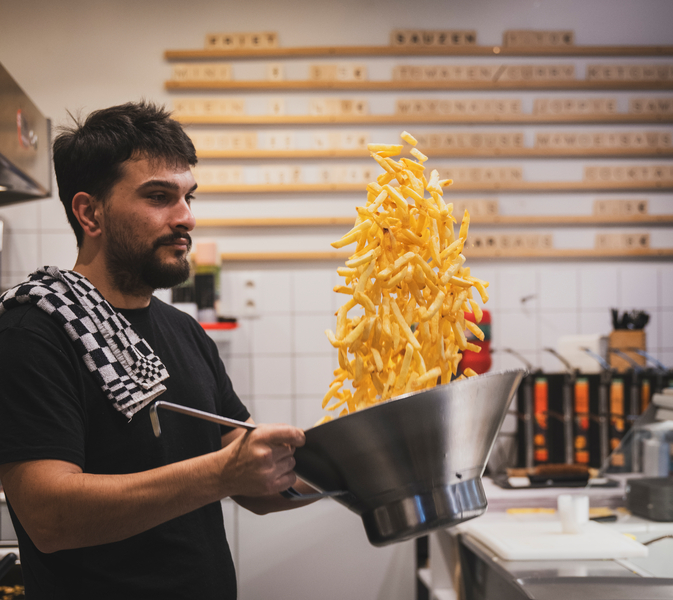
Kris Vlegels
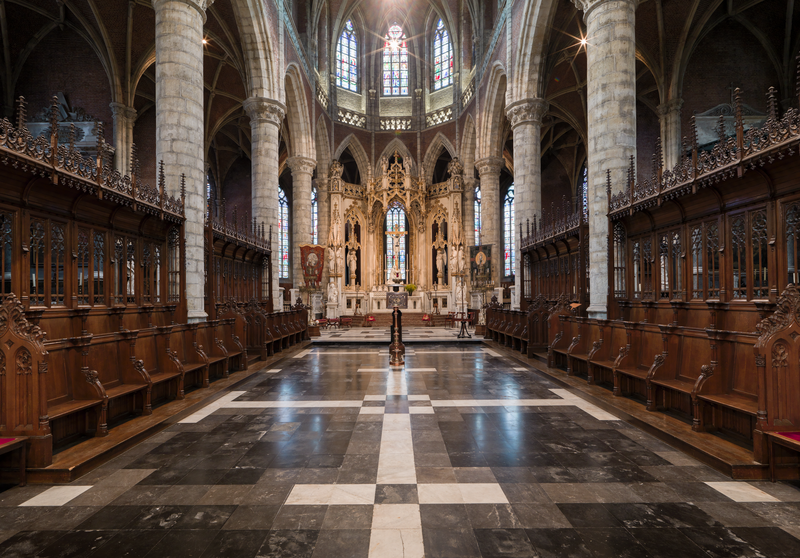
Herita - Lucid
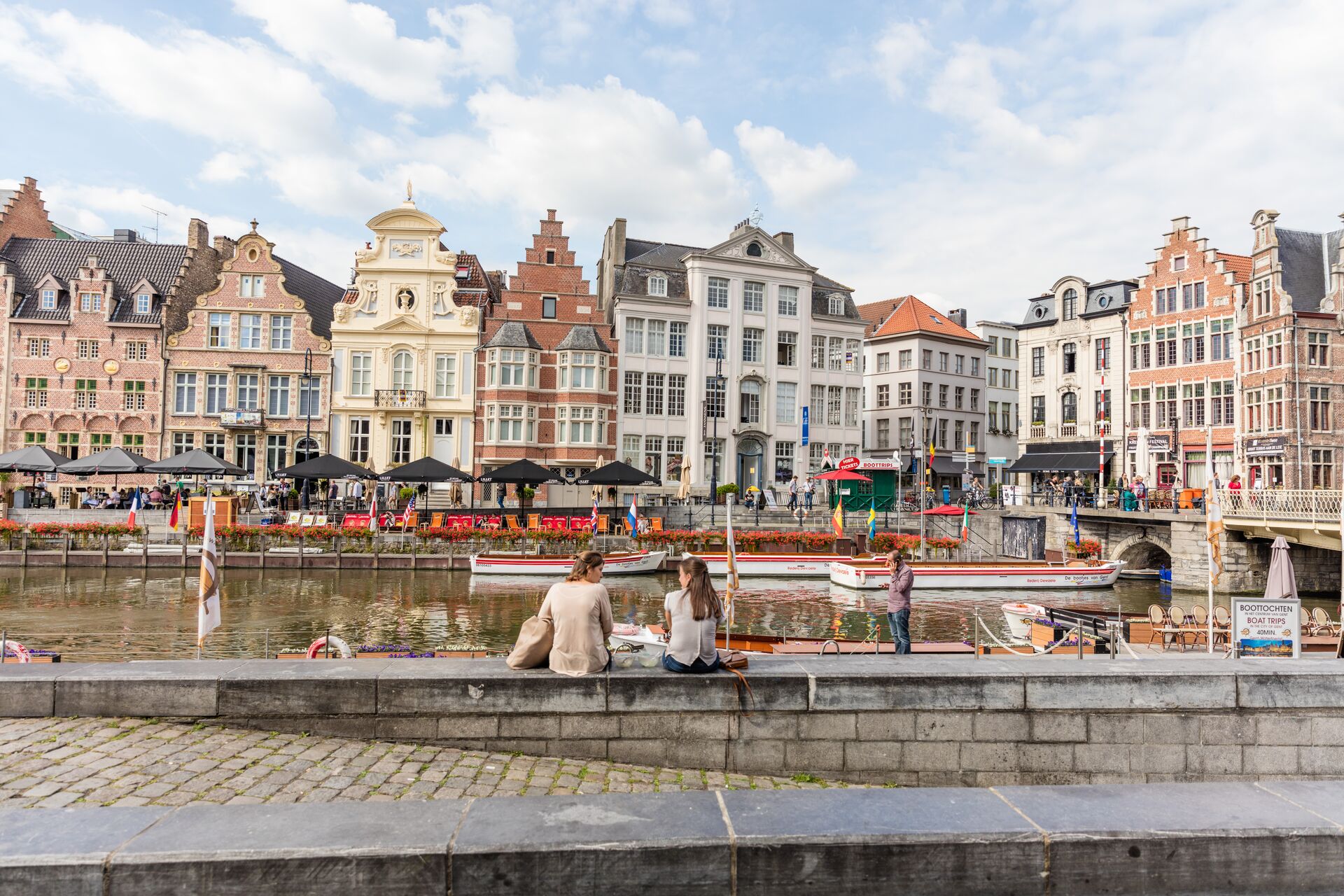
© Piet De Kersgieter
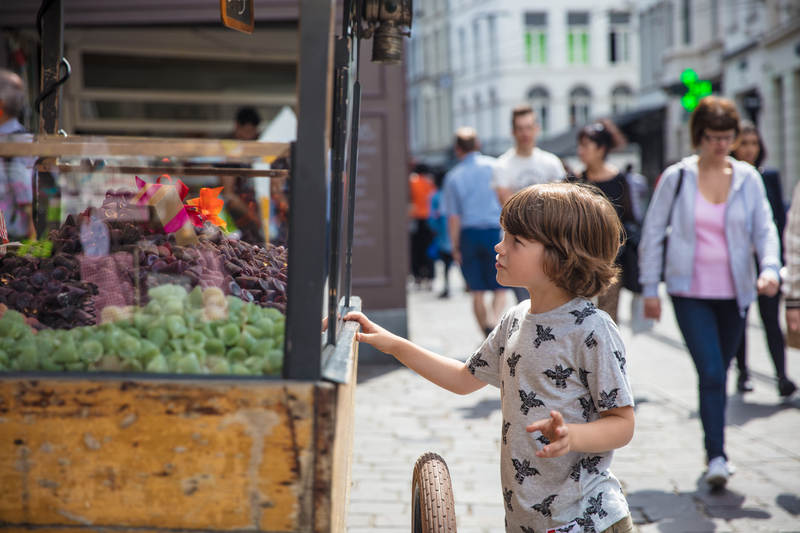
© Piet De Kersgieter
©Stad Gent-Dienst Toerisme
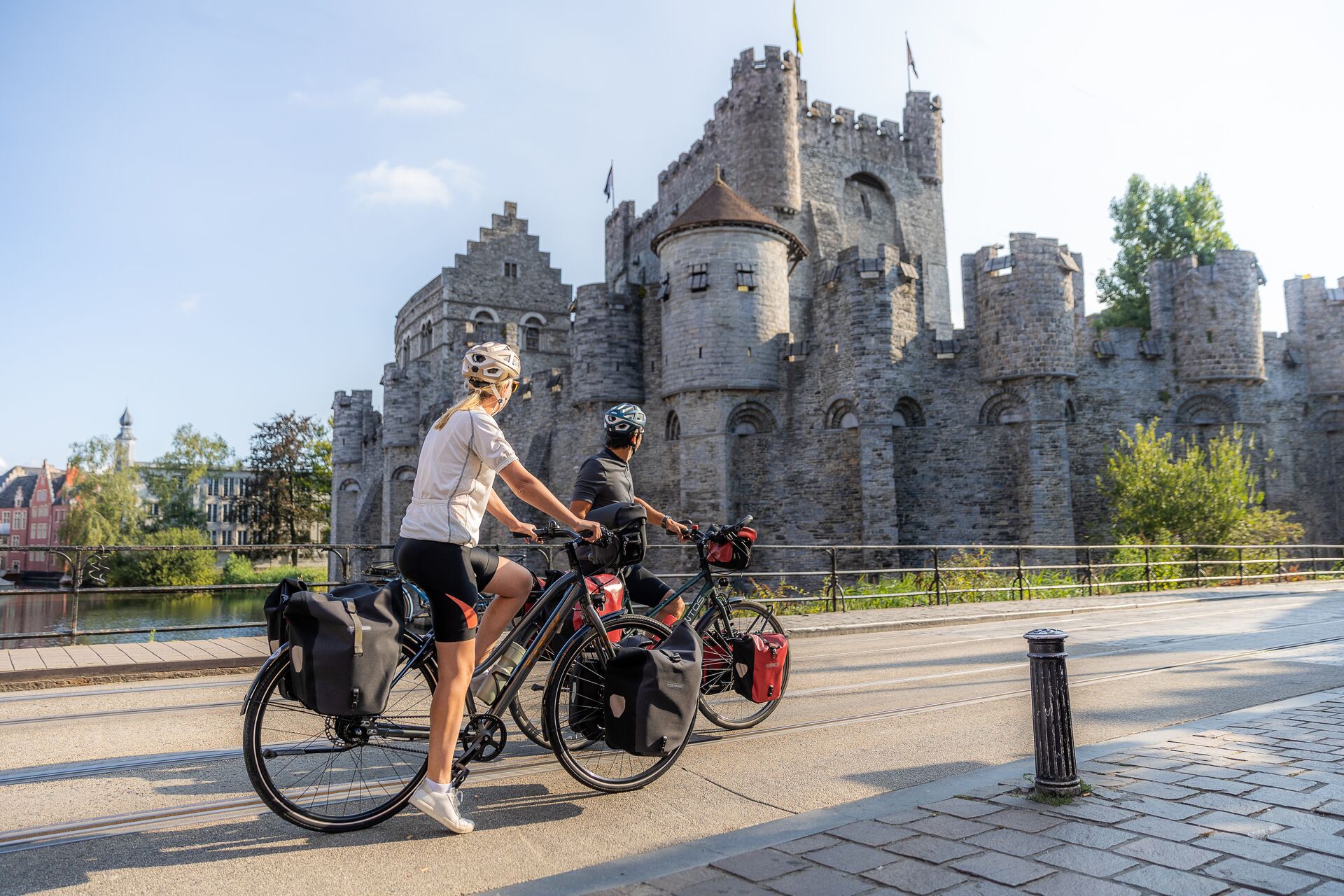
MEDIALIFE.BE
© Stad Gent-Dienst Toerisme
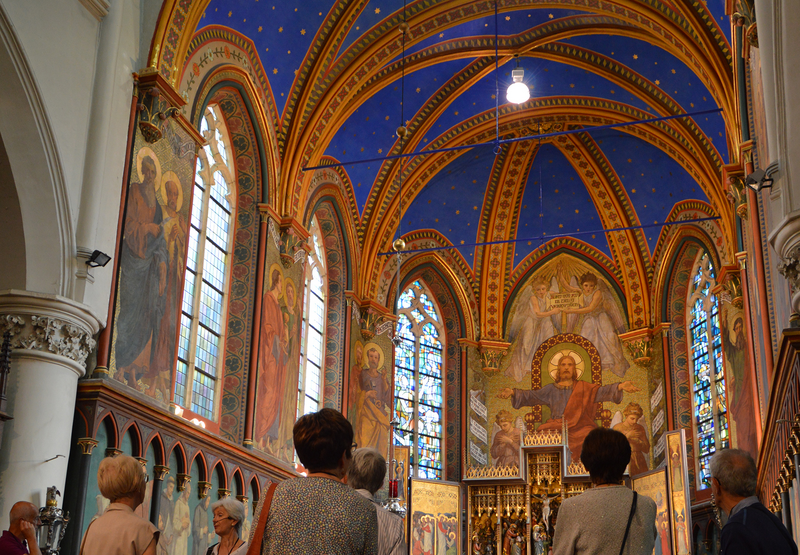
AMARANT
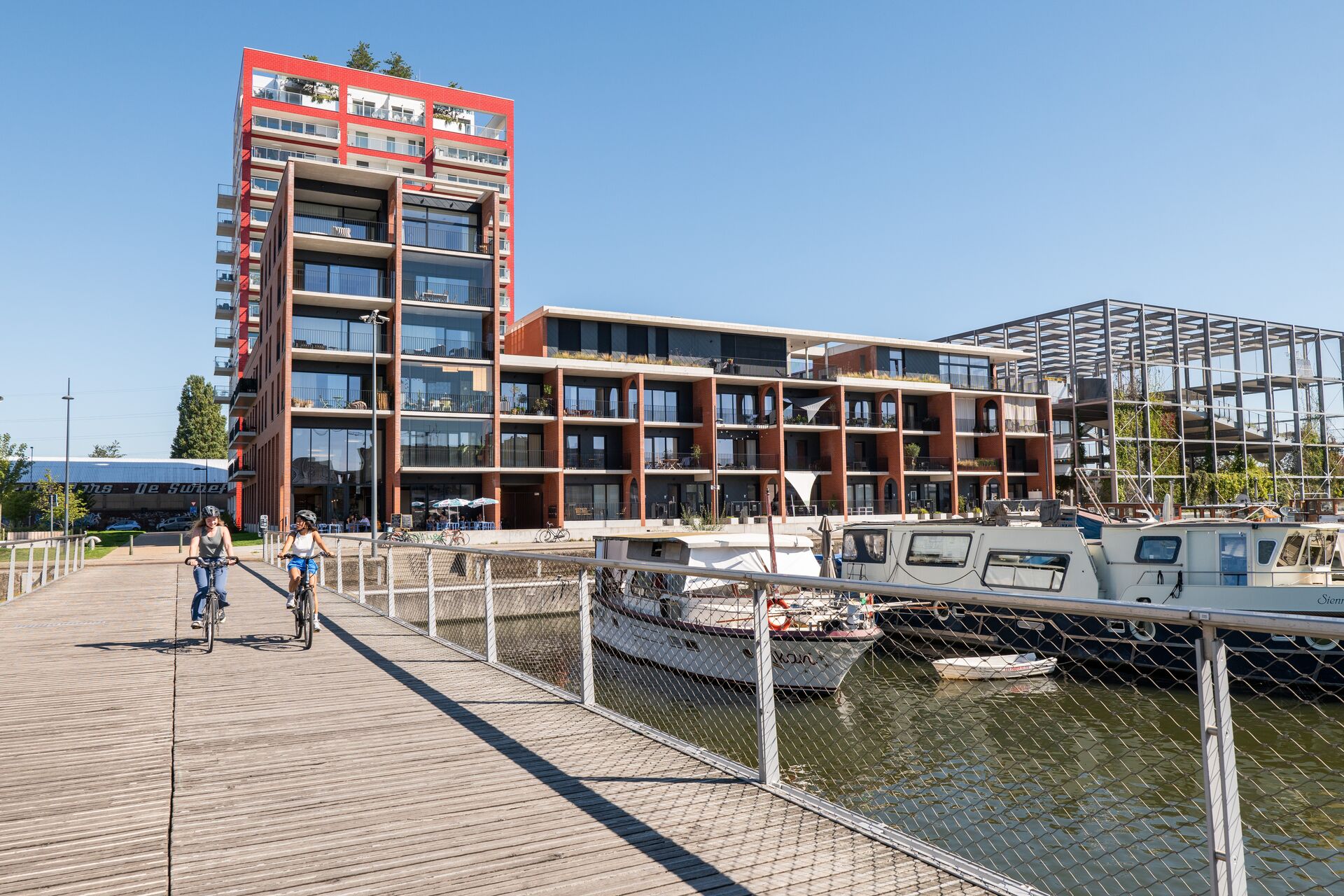
© Piet De Kersgieter
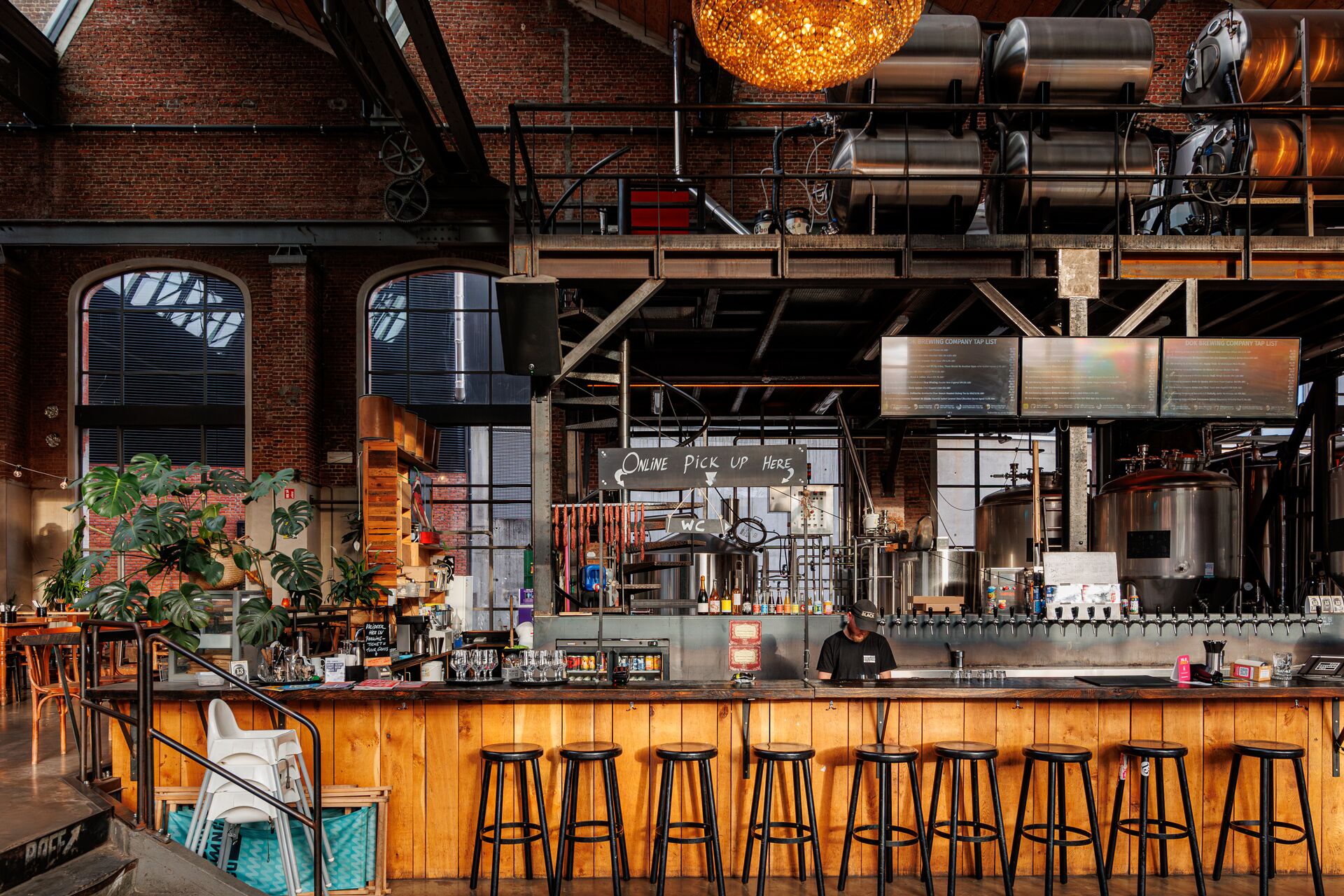
Nicolas Diolez
Art in Flanders
© Stad Gent – Dienst Toerisme
©Stad Gent-Dienst Toerisme
Davidh820 (CC Wikimedia)
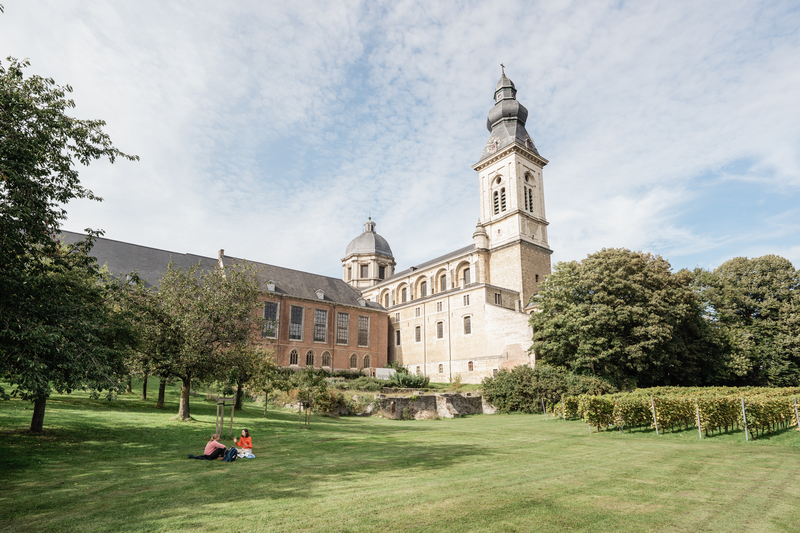
Yuri Andries
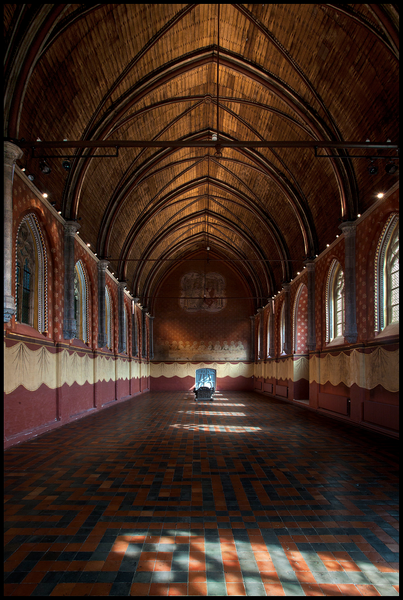
STAM Gent
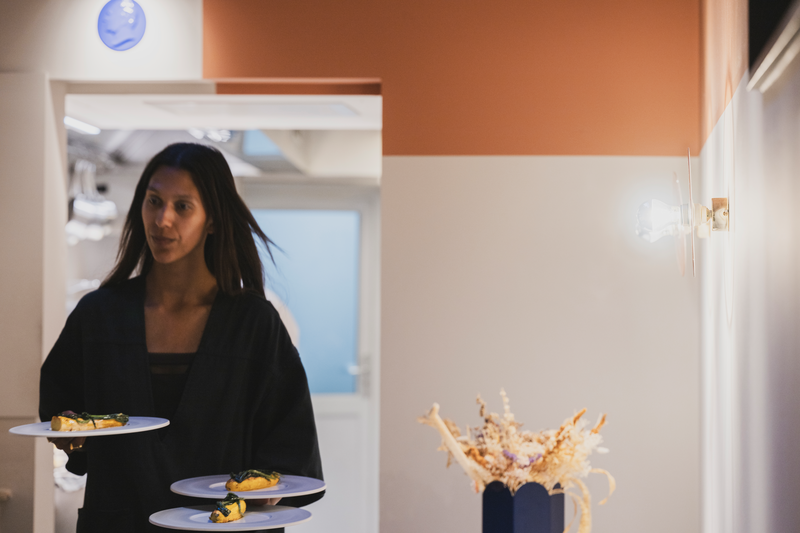
Kris Vlegels
© Stad Gent-Dienst Toerisme
© Stad Gent-Dienst Toerisme
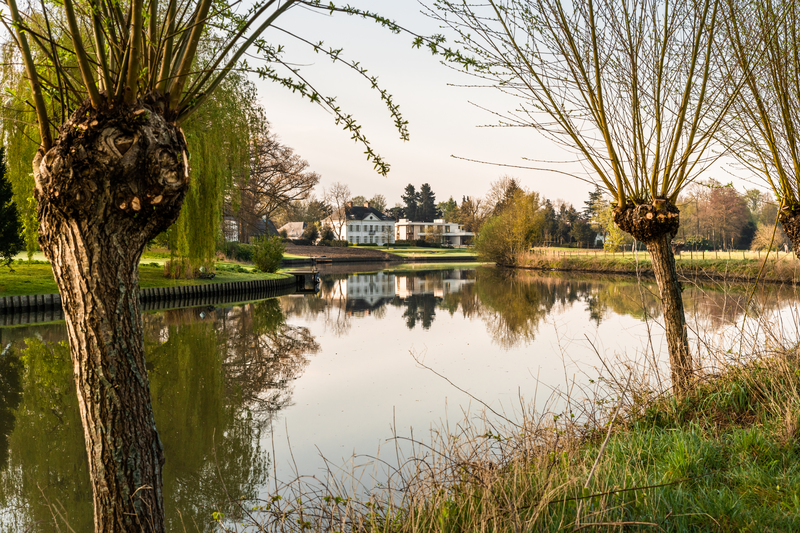
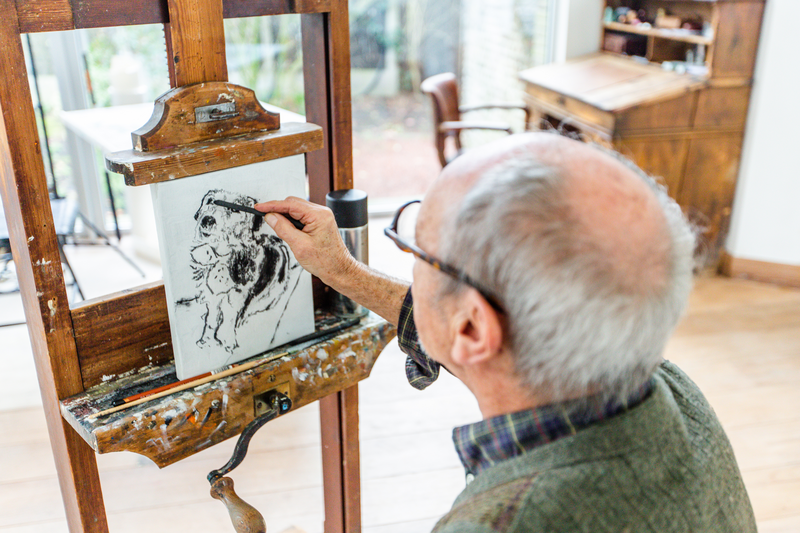
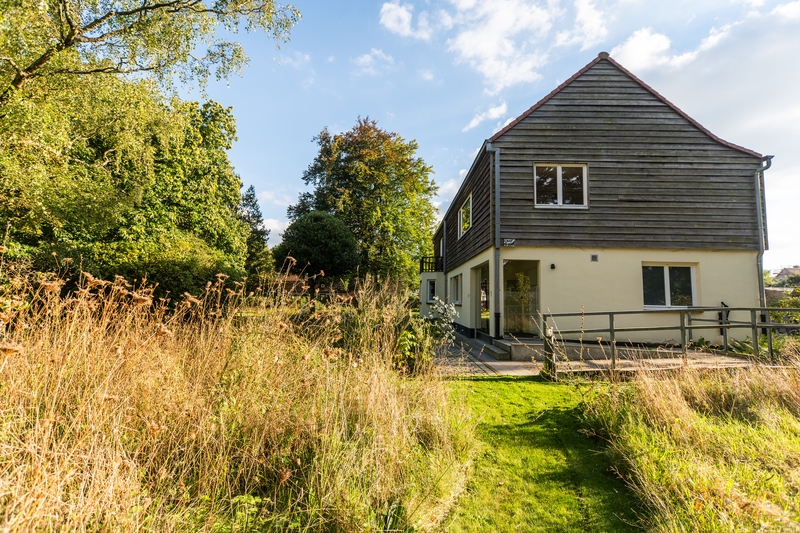
Piet De Kersgieter
